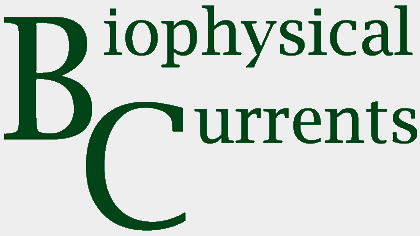Writing a Gist of a Guest Lecture
 First, what is a gist? The dictionary definition is "the
substance or essence of a speech or text". In this regard, it is
very similar to the lecture notes that you would ordinarily take
during a lecture or talk. When taking lecture notes, students
usually highlight the points that they think are important,
sometimes copying from the blackboard (or other electronic form,
like Powerpoint), as required. The difference is that the 'point
form' and diagrammatic approach that students are inclined to use in
their lecture notes have to be transformed into a standard essay
style of writing (with complete and grammatically correct
sentences). Because a gist is the 'substance or essence', it is the
most important and relevant points that are presented. For the guest
lectures, it's expected that the gist will be about 1-2 pages,
double-spaced (about 500 words or so). So, it really does represent
a distillation of the guest lecture.
First, what is a gist? The dictionary definition is "the
substance or essence of a speech or text". In this regard, it is
very similar to the lecture notes that you would ordinarily take
during a lecture or talk. When taking lecture notes, students
usually highlight the points that they think are important,
sometimes copying from the blackboard (or other electronic form,
like Powerpoint), as required. The difference is that the 'point
form' and diagrammatic approach that students are inclined to use in
their lecture notes have to be transformed into a standard essay
style of writing (with complete and grammatically correct
sentences). Because a gist is the 'substance or essence', it is the
most important and relevant points that are presented. For the guest
lectures, it's expected that the gist will be about 1-2 pages,
double-spaced (about 500 words or so). So, it really does represent
a distillation of the guest lecture.
Because the gist is in essay form, a common structure is to provide the title and name of the guest lecturer, followed by a brief description (1-3 sentences) of the topic. For example,
Molecular Interactions in Biology by Professor X. XXXXXX (##month2009)Professor XXXXXX described analytical techniques (that rely on the affinity between a compound and a ligand) used to discover the various metabolites/proteins that occur in cells. The techniques offer a diagnostic tool for uncovering the biochemistry of the cell in normal, diseased, and cancerous states, and can be used with very small biological samples.
Then, the heart of the gist is the description of the major points discussed in lecture. There are two approaches that can be used, preferably combined together.
One is a relatively dry recitation of what the guest lecturer presented. This is okay. After all, science has to rely upon accurate descriptions. Be warned that many guest lecturers will use powerpoint slides, but the bullet points on a powerpoint slide may not reflect the substance of the lecture. Your lecture notes, taken during lecture, are likely to be a far more accurate guide! What are the major points? Often, it is the what, the how, and the why of the lecture. What is the biophysical approach? How is it done? What are the results and what do they mean?
Another approach, also legitimate, is to take a walk on the wild side. What excites you about the subject of the guest lecture? Why? Is it revolutionary, or maybe not? Speculate about the impact. Don't go crazy, but a little bit of creativity is a good thing!
FInally, it is easy for students to assume that the people grading their gists (Jerzak and Lew for this course) are very knowledgeable. This is true (!), but, of greater importance is our evaluation of how well you understood the lecture, and what you discovered from it. This means that your explanations should be easily understood by, for example, a classmate from another course who is interested in Biophysics. Please don't use sentences (or more) from publications by the lecturer. It's your explanation, your voice that are important to us!
 Current Topics in Biophysics (SC/BPHS 2090 3.0) (archived)
Current Topics in Biophysics (SC/BPHS 2090 3.0) (archived) 